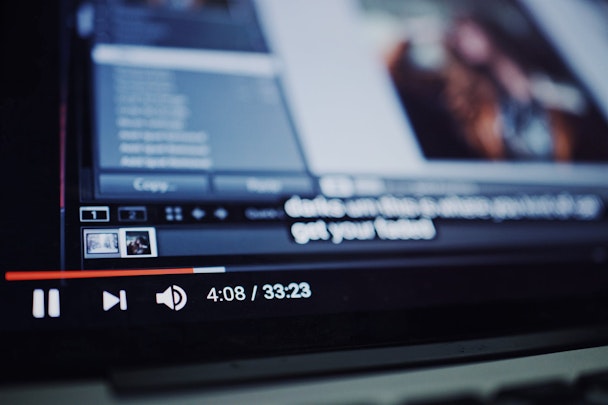YouTube’s paywall backdown highlights the platform's strengths and weaknesses
YouTube has just announced that its upcoming original series and specials, such as new seasons of Cobra Kai and Kevin Hart: What the Fit, will be available to watch free and supported by ads, rather than on the paywall-blocked YouTube Premium subscription.

YouTube’s paywall backdown highlights the platform's strengths and weaknesses
There’s little doubt that YouTube has firmly cemented its place as the king of providing short-form video content, but this offer is a gamble. It suggests that either it’s leveraging that fact, or, more likely, that YouTube Premium has not been the rousing success the channel might have hoped and it’s admitting defeat.
The idea that YouTube could become another Netflix seemed to have fallen by the wayside. Not only are the budgets behind Netflix’s original content getting bigger but, realistically, premium long-form content doesn’t fit with users’ perceptions of what YouTube offers, nor with how they use the platform.
When we say we’re going to ‘Google’ something, it means to search online – even if we’re using Bing instead. And when we say we’re planning to ‘YouTube it’, it means to watch short, simple clips of video, normally of 15 minutes or less. It’s an excuse to turn your brain off with a snippet of stand-up comedy or an unboxing, or a chance to learn how to contour.
Add to that the fact that YouTube is still primarily about user-generated rather than original content. It’s a slightly weird balance of social network and content site, not like an Amazon Prime or Netflix that are channels solely dedicated to purpose-created entertainment.
YouTube might have the broadest spectrum of available videos, but we don’t watch a single one for an hour, or download it to watch later on flights or on the Tube, like we do with Netflix shows. In some ways, YouTube has become a victim of its own success – millions of viewers globally know there isn’t a paywall, that the content is freely available, and have become used to sitting through a few seconds of pre-roll advertising before they get to what they want to watch. YouTube Premium was always fighting an uphill struggle against that acceptance.
As for what this change means for brands, it’s currently difficult to say if this was prove to be as successful as YouTube wants it to be. It’s unlikely that this will signal a massive shift in how other AV channels sell their content: the Netflixes of the world are not going to transition away from their hugely lucrative subscription models overnight because YouTube is offering original content in the ad-funded format that most people expect to see on there anyway.
For the same reasons, those brands that already advertise on YouTube will stay there, and those that don’t are unlikely to change their attitude. Not to mention that with Disney Plus on the horizon, the streaming networks are well aware that their existing model is appealing enough to attract new entrants and is far from broken.
There’s no shortage of ad-supported content appearing on YouTube each week from commercial players and – as Apple’s recent ‘shot on iPhone’ campaign demonstrates – the barriers to anyone producing and distributing high-quality content are now minimal. The channel’s Premium service was fighting against UGC as much as against the streaming services.
If there is a change, it may come from how media agencies approach YouTube. Whereas traditionally the buyers will have been the digital and online teams, it is possible that the growth of original content on the site may mean more expertise is required from the AV side of the buying desk.
There might also be a shift in what this offer means for Google from a sales perspective. If the YouTube team were to offer its ‘premium’ video content as a package then they would have a USP over Netflix and the other streaming services, but this relies on the service and shows being an actual success.
That would allow Google to be sure it can monetize all of its content, rather than having some that was shielded by a paywall (and therefore more than likely suffocating its potential). Once again it all ties in with whether or not this gamble pays off. Imagine if it finds the next Game of Thrones and can sell airtime for it on a global scale?
At the moment it’s still a gamble, more than likely brought about because YouTube, as it stands, is still not really in a position to compete with the streaming services on a level playing field. But if its new original content really takes off, maybe it could turn out to be a shrewd move after all.
Luke Randall is the senior AV executive at media agency UM
